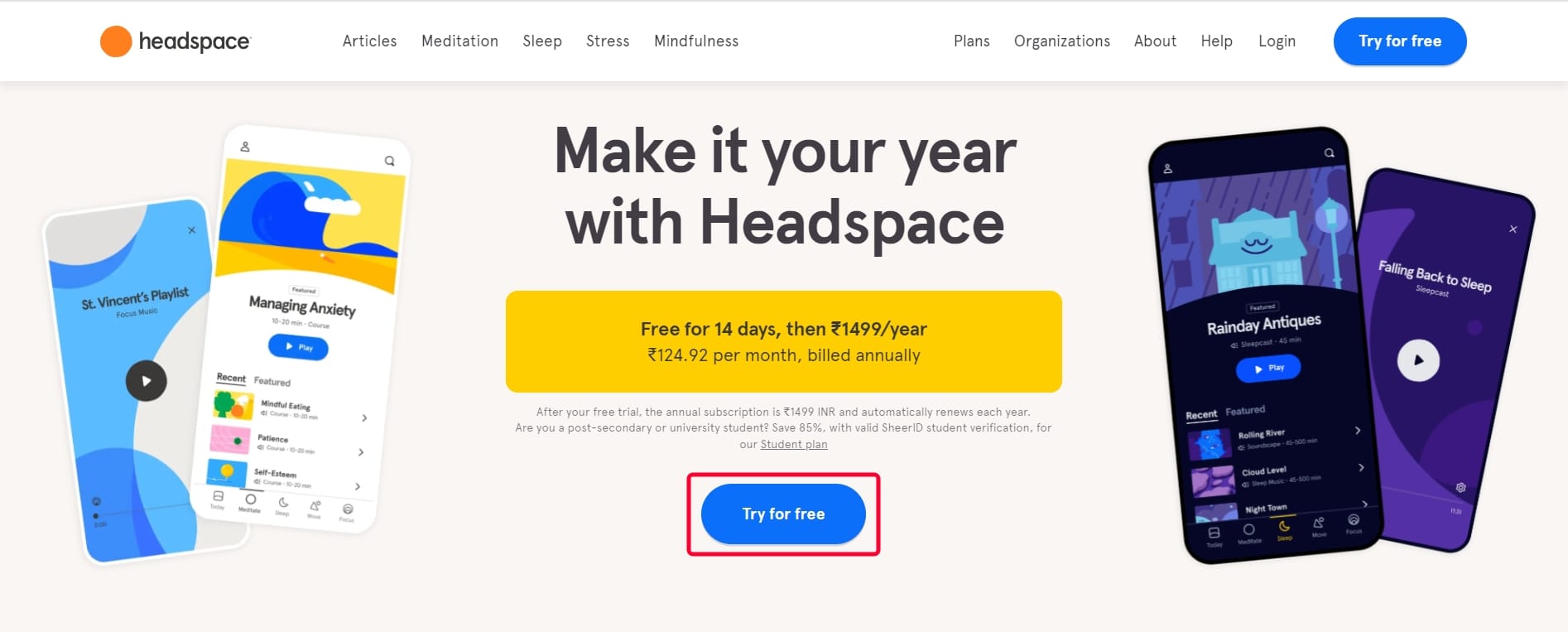Sales funnel and its stages - A complete funnel guide
Discover how to avoid losing potential customers with our guide to mastering the sales funnel. Learn about its importance, stages, and steps to creating one for your product.

Have you ever experienced this: after numerous pitches and demos, chatter, and charm, the prospect just drops out of your sales funnel without buying your product?
Missing a sale is not rare. However, reducing the number of missed sales can be possible with the right sales funnel management. This comprehensive guide shows you how to do that.
This blog discusses:
- What is a sales funnel?
- Importance of sales funnel
- Stages of sales funnel
- How to create a sales funnel?
- Sales funnel example
- Conclusion
Read on.
What is a sales funnel?
The sales funnel describes the customer’s journey from the prospect’s first contact (becoming aware of the brand) with you until purchasing or not purchasing your product.
As the name suggests, the sales funnel is widest at the top and narrowest at the bottom. To give you a big picture, it is often divided into three stages: Top of the sales funnel (TOFU), Middle of the sales funnel (MOFU), and Bottom of the sales funnel (BOFU). The most qualified prospects are moved down the funnel until they reach the bottom of the funnel.
The stages of the sales funnel can also be divided into AIDA: Awareness stage, Interest stage, Desire stage, and Action stage.
If we consider the "sales funnel" from the perspective of a brick-and-mortar shop, here is how it can be explained:
People walking by your store notice it. It is the "Awareness" stage of the sales funnel. A certain percentage of those people decide to walk in. This can be considered the "Interest" stage of the sales funnel. The potential customers pick up a few of the products from your store and try them out. This is the "Desire" stage of the sales funnel. And a few of your potential customers proceed to purchase those products. Those customers are in the "Action" stage of your sales funnel and can eventually convert into loyal customers.
Importance of sales funnel
No matter how useful your product or service is, making your prospects purchase those products won’t happen in an instant. Instead, the entire process unfolds in stages. From warming up the cold prospects to nudging interested customers to make the purchase, everything can be directed by a well-planned sales funnel.
Here are a few other benefits of the sales funnel.
- Sales funnel delivers the right message at the right time. Imagine you are off to purchase a laptop. As soon as you enter the store, the staff gives you details about the price rather than the configuration and specifications of the laptop. Would it please you? Most of the potential customers would walk out of the store without making any sort of purchase. The sales funnel helps you avoid this. The sales funnel helps you understand the complete journey of your customer. It also helps you realise the questions of your customers and the stages of the sales funnel in which they are.
- Sales funnel answers the questions of your customers at all stages. Your customers may have questions about your products and services throughout their journey. A proper sales funnel strategy helps in understanding their questions by leveraging their online behaviour and answering them through targeted ads, email campaigns, educational resources, etc.
- Sales funnel helps you focus on the hot leads and dismiss unqualified prospects. A bloated sales pipeline may make you feel that a lot is going on. But if the leads are not worthy, you are doing a disservice to your sales targets. Learn how to maintain the health of your sales pipeline. On the other hand, the sales funnel helps you qualify your leads effectively and dismiss bad leads in the early stages of the sales process, thereby increasing the chance of highly qualified leads.
Stages of a sales funnel
As mentioned before, the stages of the sales funnel can be broadly classified into TOFU, MOFU, and BOFU or can be divided into 4 stages: Awareness, Interest, Desire, and Action (AIDA). Here is a glimpse into the similarities between TOFU-MOFU and BOFU-AIDA.

In this blog, we will discuss the AIDA stages of the sales funnel in detail.
Stage 01: Awareness
"Awareness" is a stage where your customers actually become aware of your brand, product, or service for the first time. It might happen through various marketing channels and efforts, such as tweets, Facebook ads, Google ads, SEO blogs, etc.
Stage 02: Interest
In this stage, the prospects collect all the necessary information, evaluate your brand, and analyse the sync between your brand and their requirements. Your customer might conduct competitor research to ensure you are offering the best solution and assess their interest level in your offering.
Stage 03: Desire/Decision
When your prospects are at this stage, they have already been armed with information related to the brand/product and service. To know more, they may dig deeper into the information, such as CRM pricing plans or CRM features, if they are intending to purchase the CRM solution.
Stage 04: Action
This is the stage where your potential customers take action about whether to purchase the product or not. If they purchase your product or service, they become a part of your company’s ecosystem, and you should focus on customer retention plans. In case the customer decides not to buy your offering, you should nurture them through campaigns, and you can approach them after some time.
Now that you have learned about the various stages of the sales funnel, the next obvious question is, "How to build a sales funnel?" You answer is in the section below.
How to create a sales funnel?
Here are a few steps to build an effective sales funnel:
1. Know your target audience
The very beginning of the sales funnel is to have prospects. To have prospects, you need to understand your target audience. Here are a few questions to answer while you are defining your target audience.
- What are the problems they are facing?
- How can you help them realise their problems?
- What are the different social media channels they use?
- How would they prefer to be contacted?
2. Build buyer personas
Research is indispensable if you want to create a foolproof sales funnel. Research thoroughly and create a buyer persona. Know every detail of your John, Cathy, and other possible buyer personas. Here are a few questions that can help while defining the personas:
- What are your customers, and how do they behave?
- What are their problems and challenges?
- What are their desires?
- What type of content are they interested in?
- How do they communicate?
- What influences them while buying a product?

3. Traffic generation strategy
While defining your target audience and their possible requirements can get you started with the sales funnel, you need a solid traffic generation and lead generation strategy to keep you going. You can adopt the following methods for this purpose:
- Landing page
- PPC campaigns
- SEO Blogs
- Social media marketing
- Influencer marketing
- Inbound sales funnel
4. Audience engagement strategy
Engagement is as important as lead generation efforts. Here are a few strategies for the same:
- Create informative, engaging, and quality blogs.
- Create enticing videos with AI video creator.
- Request influencers to review your product or services.
- Constantly promote your content on social media.
- Email marketing campaigns.
5. Lead conversion
Often, businesses intend to create a high-converting sales funnel.
Lead conversion is typically the final stage in the sales process. So, it is better to ensure the purchase doesn’t take too long. Here is how you can do it:
- Minimum number of steps for completing a purchase.
- One-click options for sign-in and sign-up
- Keep the number of form fields as less as possible.
Additionally, you can also automate your sales funnel by integrating with various tools. One such tool is Python. It leverages data-driven insights to personalise customer experiences, automate repetitive tasks, and streamline business operations. Outsourcing Python development services ensures your adaptability to the growing complexity of your sales processes thereby enhancing efficiency, decision-making, and the overall effectiveness of your sales strategy.
Example of a sales funnel
Here is an example that illustrates everything that we talked about before - an example of a SaaS sales funnel.
Headspace
Headspace is a healthcare company focused on guided meditation through an application. The website entices prospective customers by offering a free trial of its services. The call-to-action button is prominently visible and is placed in the header of the website as well as the content on the homepage.

On clicking ‘Try for free’, the prospective customers are redirected to a dedicated sign-up page that enlists the benefits of subscribing to the app. The page talks straight to the customers, making it more intriguing.
On clicking the CTA button, you are directed to the checkout page with the minimum steps to finish the purchase.
Clicking ‘Proceed to checkout’ leads to a login page. The form filling has been made extremely simple, with just two form fields to fill along with convenient login options such as ‘Login with Apple’ and ‘Login with Facebook’.

Conclusion
Creating an effective sales funnel strategy that creates maximum conversion can be hard work. But that is the only way to survive the fierce competition in today’s business world. So, step up your game by researching your customers, understanding their requirements, and offering them what they need in the way they want. Create a high-converting sales funnel and automate your business's growth.




